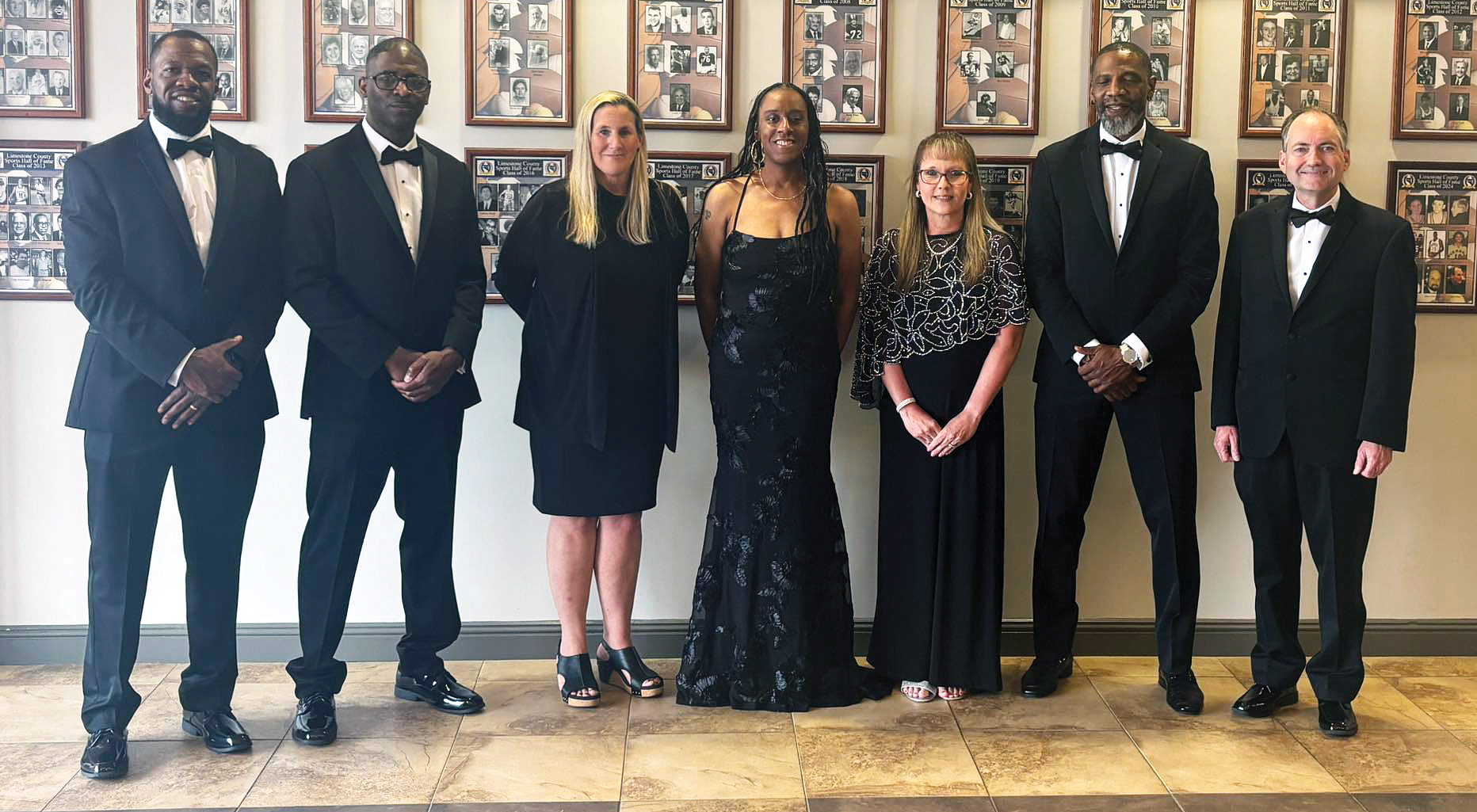FOSTER PARENTS: Limestone County DHR director says more are needed
Published 6:00 am Wednesday, August 17, 2016
If you’ve ever thought about becoming a foster parent, your services may be needed more now than ever.
According to the Alabama Department of Human Resources, there are at least 5,000 children in foster care. Here in Limestone County, there are 125 children in the foster care program but only 35 foster parents. That means for every one foster parent, there’s 3.57 foster children.
Nationally, there were 415,129 children in foster care as of Sept. 30, 2014, according to the U.S. Department of Health and Human Services’ Children’s Bureau. The report, released in July 2015, states 55 percent of those cases have an end goal of reuniting the child and parent, while 25 percent have a goal of adoption.
The number of children in foster care has increased since 2012 and rose by nearly 15,000 between 2013 and 2014.
Tracy Miller, director of Limestone County DHR, said the local program probably needs double the amount of eligible foster parents to ensure success. He explained the goal is to keep children who are from Limestone County here, if at all possible.
On Tuesday, the local DHR held an orientation class for prospective foster and adoptive parents. Miller said at least eight couples had signed up to participate in the 10-week course, which is offered by DHR twice each year. The classes and orientation will be offered again in the spring.
What you get
Miller stressed it takes special people to open up their homes to foster children, some of which may suffer from behavioral issues. He said some people express an interest in becoming a foster or adoptive parent if they are provided “a sweet little innocent child.”
“If DHR is involved with these children, that’s not going to be the case,” he said. “The children sometimes come with some baggage.”
Some children who become wards of the state may not be eligible to go to a traditional home setting because their behavioral issues are too violent or extreme. Those children, Miller said, are placed in group homes with a lockdown capability.
The classes offered to parents provide a snapshot of what type of emotional or behavioral problems may be exhibited with each child. Prospective foster parents are also connected with resources like the local foster parent association.
What it takes
The requirements to become a foster or adoptive parent can be pretty strict, which could be a reason why there aren’t more of them. Extensive criminal background checks are performed and multiple references are checked.
“We can’t predict human nature, but we’re as diligent as we can be (in screening parents),” Miller said.
Once an adult or couple expresses interest in becoming a foster parent, they fill out an application. If the person or couple is interested in adopting eventually, they can also become dually licensed.
After clearing the initial hurdles, prospective foster parents must then attend the required training classes. Those classes can also serve as a means of separating fact from fiction, Miller said.
“There’s a myth that some people do this for the money,” he said. “The top dollar amount (a foster parent can receive) is $480 per month, so you’re not going to get rich.”
Still, Miller said the benefit to the child and the adult can outweigh the monetary benefits, or lack thereof. He described foster and adoptive parents as “special people” who have answered a calling.
“It’s not easy because some deal with kids who may not want to be there and would rather be at home,” he said. “For some kids, though, this is a home. It might be the first time they’ve had a mom or dad.”
For more information, visit http://dhr.alabama.gov/services/Foster_Care/Intro_Foster_Care.aspx.





